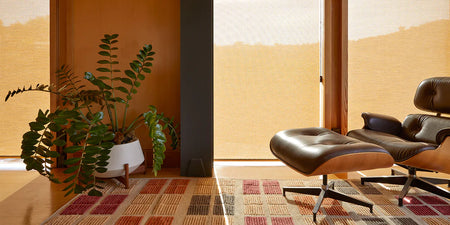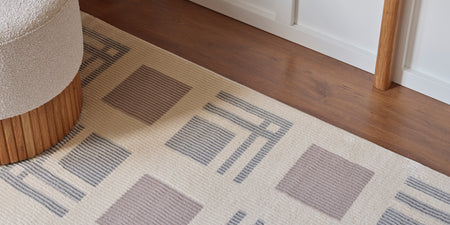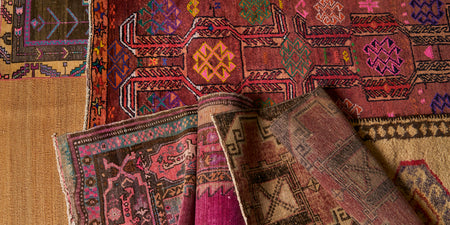BOGO Sale
Buy 1 Rug, Get Another 50% Off
Code: RUGBOGO50
Kilims
Flatwoven, pileless rugs that often have distinctive geometric patterns and contrasting bright colors
Some shopping tips! Rugs in this collection are organized alphabetically. You can also sort by highest to lowest price or lowest to highest price by using the "Sort By" filter. Use the filter menu to narrow your search by size, color, style and/or region of origin.
More Collections to Love
More about Kilims
What is a Kilim Rug? Kilims are flatwoven rugs, which mean they don't have any pile. Their weft is almost always wool, and their warp is typically either wool or cotton. Kilim rugs are considered a rug-lover's rug, because you can see the intricacies of their weave more closely. Another word for kilim is flatweave, which can be used widely across all flatwoven rugs, whereas technically kilims are traditionally produced in Turkey, Morocco, and the former Persian empire. The word "kilim" is said to be of Turkish origin, but it is also said by some to originate from the Arabic "kalam", which means speaking or talking. We're fond of this poetry, as it represents the voice of the weavers that sings through their art.
How to Decorate with Kilim Rugs? The most important part of decorating with kilim rugs is technically invisible: the rug pad. With kilims it's even more important that you invest in a rug pad, because kilims tend to be extra slippery across smooth floors of wood or concrete. Additionally, kilims are thinner, which means you'll want a bit of extra cushion that a rug pad provides underneath it to protect the rug and your floor.
How to Clean Kilim Rugs? Routine care and maintenance for kilim rugs is generally the same as hand-knotted rugs. Vacuum your kliim rug with a non-rotary vacuum once or twice a month to remove dirt and grime, or take it outside and give it a few good shakes. Too much vacuuming can wear down the knots and fibers more quickly. Every few months, flip your kilim rug over and vacuum the back to get the grit out of the foundation of the rug. It also helps to rotate your rug once a year to ensure even wear over time. However, if you spill something, the rules actually become very different. For kilim rugs, blot the spill until it is dry, but do not add liquid. Consult an Oriental rug specialist immediately for cleaning. Adding liquid can make it harder to remove stains, and can even extend them further. This is because moisture travels along the fiber, so in rugs with horizontal fibers (like flatweaves), it can get trapped.








